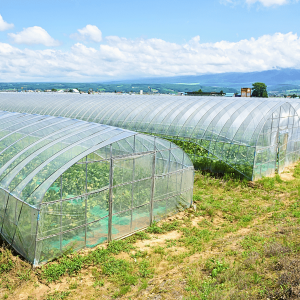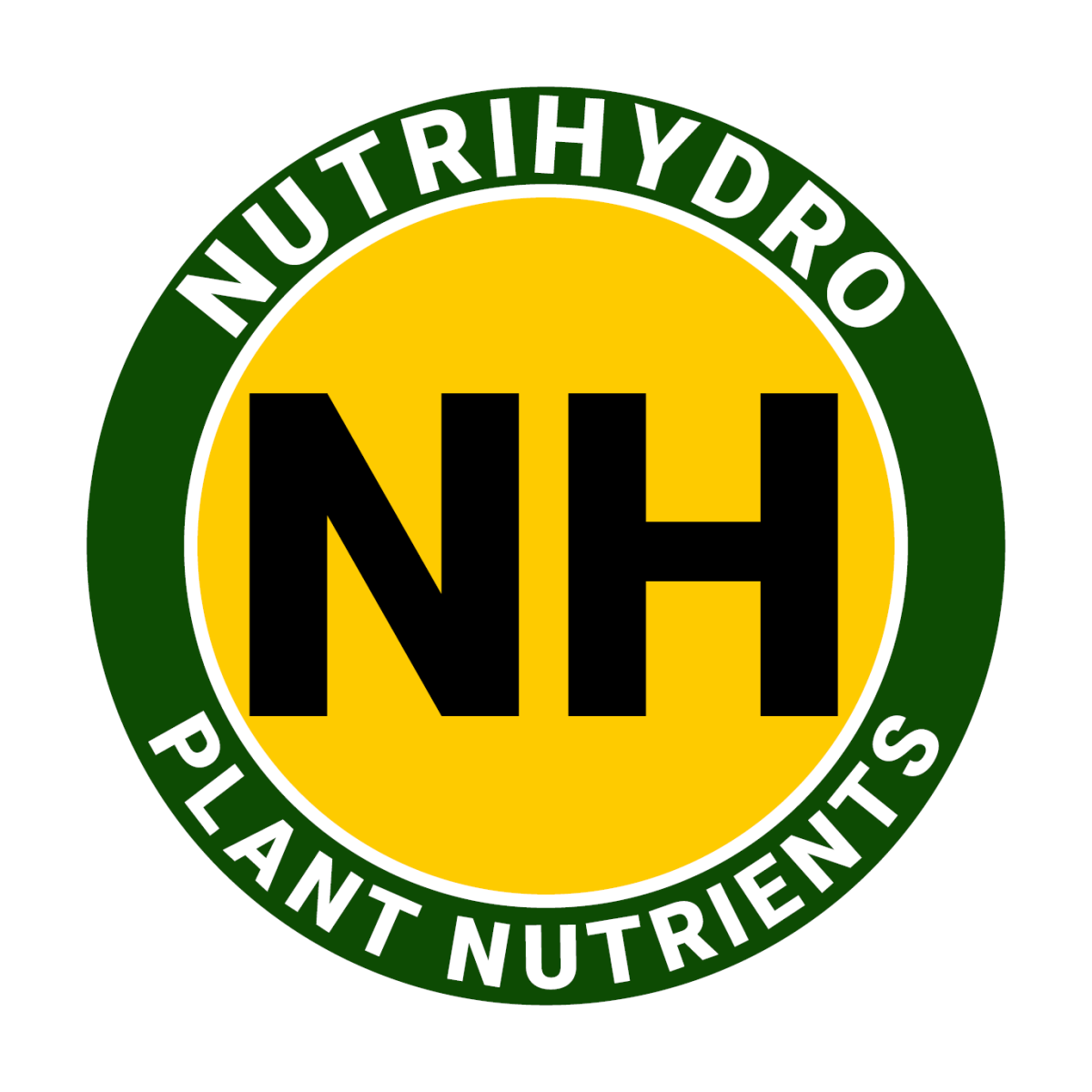Commercial Viability in Growing Lettuce

The commercial viability of growing lettuce relies on factors such as market demand, production costs, cultivation practices, and the grower’s adaptability to changing conditions. Lettuce has demonstrated its commercial potential due to its high demand as a popular ingredient in various dishes worldwide, consistently attracting interest from both retail and foodservice sectors.
A short growing cycle enables lettuce to be harvested in as little as 30 days, allowing for multiple crops per year and increased productivity and profits. The adaptability of lettuce to different cultivation methods, including traditional soil-based practices and alternative techniques like hydroponics, aeroponics, and aquaponics, can provide advantages in water and nutrient efficiency, pest and disease control, and year-round production, ultimately improving profitability.
Lettuce growers can further enhance their profits by offering value-added products such as pre-packaged salads, ready-to-eat lettuce wraps, and specialty lettuce blends, differentiating their offerings and commanding higher market prices. The relatively low weight and volume of lettuce lead to reduced transportation costs compared to many other crops, improving profit margins for growers, especially when supplying regional or national markets.
By tapping into niche markets like organic or locally-grown produce, growers can cater to consumers willing to pay a premium for high-quality, sustainably-produced lettuce. However, it is crucial to consider challenges like competition, fluctuating market prices, labor costs, and susceptibility to pests and diseases. To ensure long-term success in lettuce cultivation, growers must carefully evaluate these factors and develop effective strategies.
The cultivation of lettuce as a commercially viable crop is subject to a variety of factors, and its success depends on how well growers can navigate these challenges. One essential aspect to consider is the market demand for lettuce. By staying up-to-date with consumer trends and preferences, growers can adjust their production to better meet market needs, whether it be a specific type of lettuce or a focus on organic and locally-grown products.
In addition, managing production costs is crucial for maintaining profitability. By adopting efficient cultivation practices and exploring alternative growing methods, growers can optimize resource use and lower expenses. For instance, utilizing advanced irrigation systems and pest management techniques can help reduce water consumption and minimize crop loss, respectively.
Furthermore, growers should continually explore opportunities for product diversification. Developing value-added products or catering to niche markets can not only increase profit margins but also help mitigate the risks associated with a single product focus. This diversification may involve creating pre-packaged salad mixes, partnering with restaurants to supply unique lettuce varieties, or even expanding into the production of microgreens and edible flowers.
Another aspect to consider is the importance of building and maintaining strong relationships with suppliers and buyers. By collaborating with suppliers to obtain quality seeds and other inputs at competitive prices, growers can ensure consistent production quality. Establishing relationships with buyers, such as supermarkets, restaurants, and local markets, can help secure stable outlets for their products and contribute to overall business stability.
Lastly, keeping abreast of developments in agricultural technology and research can help growers optimize their operations and stay ahead of the competition. Embracing technological advancements, such as precision agriculture tools and data-driven decision-making processes, can lead to more efficient and sustainable farming practices.
In conclusion, the commercial viability of growing lettuce is multifaceted and depends on a grower’s ability to navigate market demand, production costs, cultivation practices, and other challenges. By focusing on these aspects and continuously adapting to evolving conditions, growers can increase their chances of success in the competitive lettuce market.
Christopher Tuason
NutriHydro is a manufacturer of plant nutrients based in the Philippines. They are known to grow the healthiest, heaviest, and largest lettuce in the country. NutriHydro products are available to purchase from the following e-commerce platforms.
Lazada: bit.ly/3asMYXN
Shopee: bit.ly/3nRJX6Z
Basilyard: bit.ly/346Kklw
NutriHdyro Website: bit.ly/434MoY6





